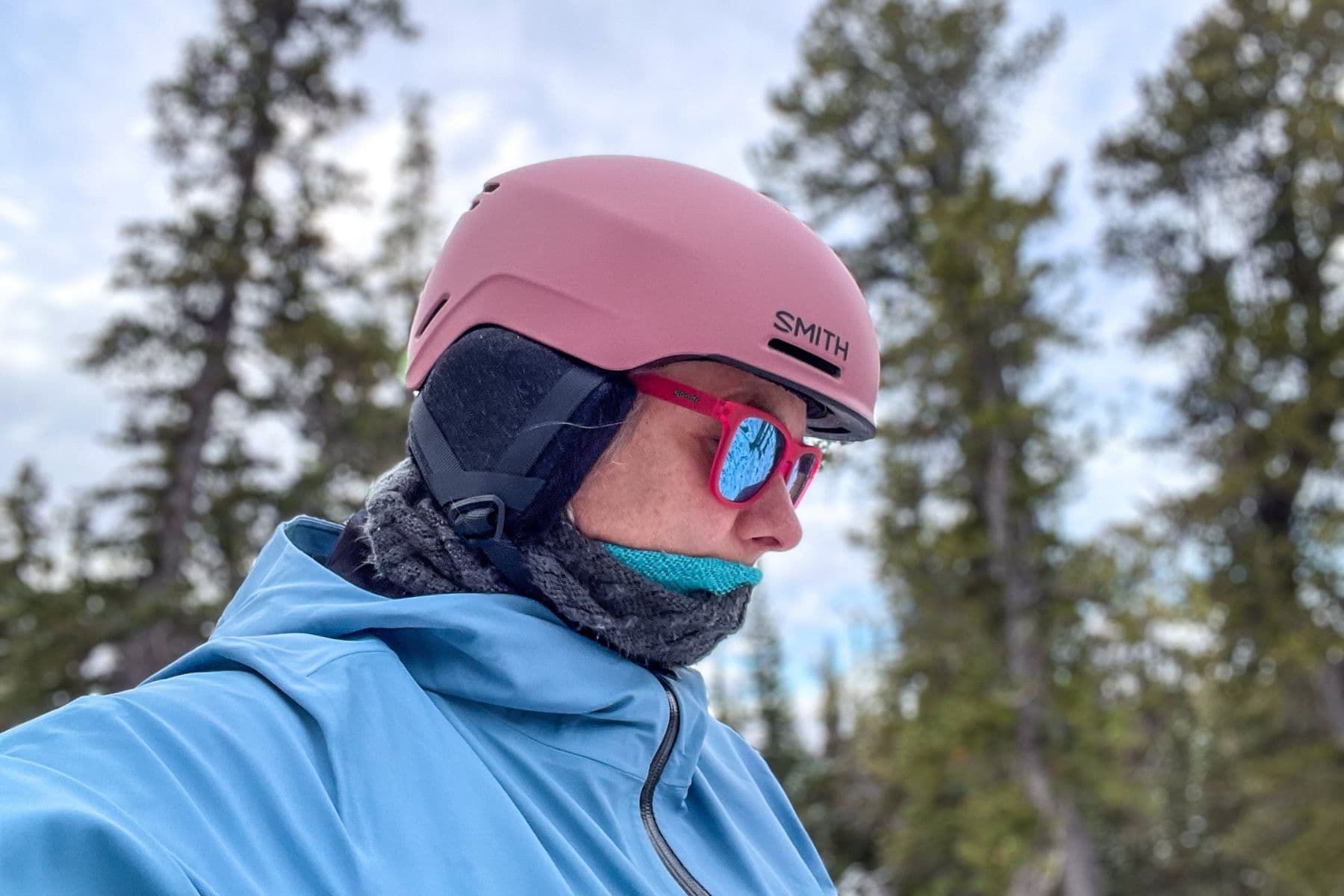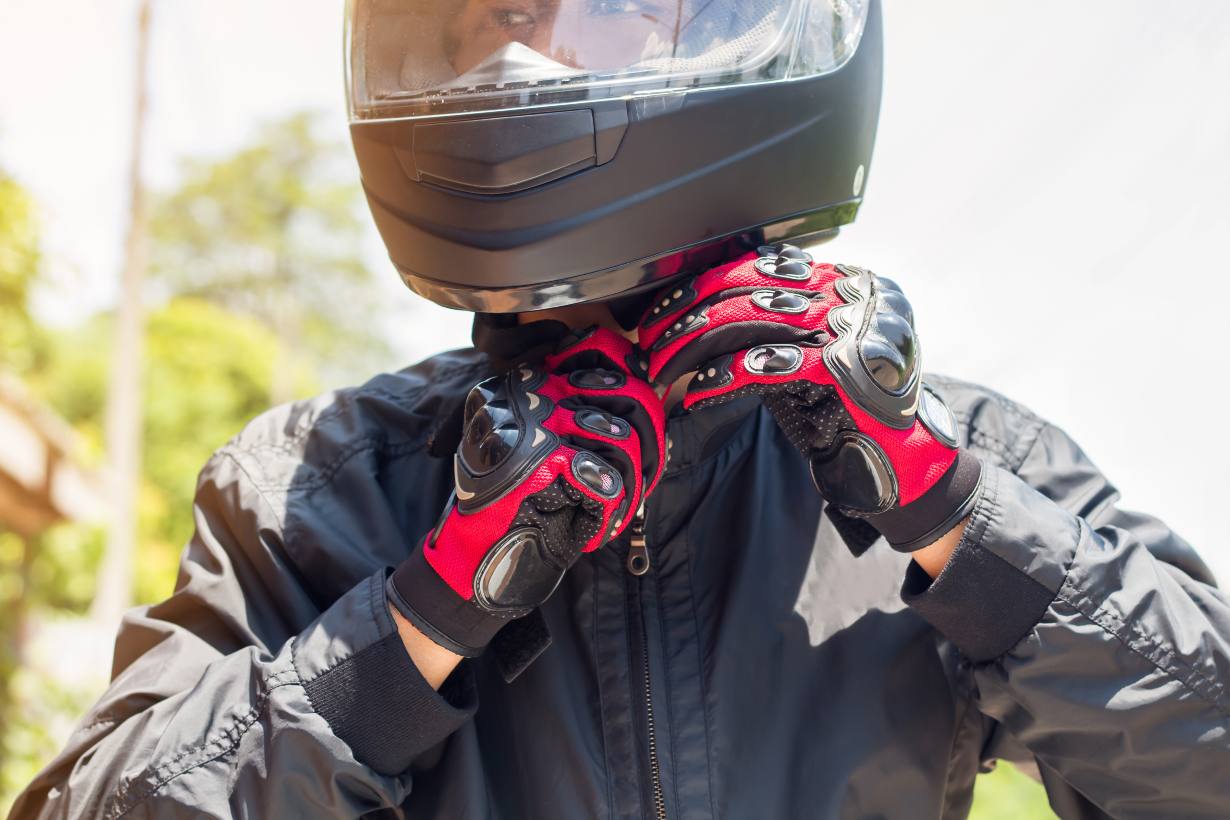For cyclists, comfort is key, and a lightweight helmet can make all the difference, especially during long rides or intense training sessions. Lightweight bicycle helmets provide essential protection without weighing you down, enhancing both performance and comfort.
Whether you’re a road cyclist, mountain biker, or commuter, a lighter helmet allows you to ride for longer with less strain, making it an excellent investment.
This guide explores the benefits of lightweight helmets, key features to look for, and tips to help you find the perfect helmet for your needs.
Why Choose a Lightweight Bicycle Helmet?
A lightweight helmet is designed to minimize the burden on your head and neck, making it ideal for cyclists who spend extended periods on their bikes.
Lighter helmets reduce fatigue, allowing you to maintain better posture and focus, which is particularly beneficial for endurance and performance riding.
Additionally, with advancements in materials and technology, lightweight helmets don’t compromise on safety—they offer the same protection as heavier helmets but with a more comfortable design.
Key Benefits of Lightweight Helmets
- Reduced Fatigue: A lighter helmet puts less strain on your neck and shoulders, especially during long rides or in hilly terrain.
- Improved Aerodynamics: Lightweight helmets are often designed with streamlined shapes that reduce wind resistance, making them ideal for road cyclists focused on performance.
- Enhanced Comfort: Less weight on your head means a more comfortable ride, particularly in hot weather, where a heavy helmet can feel stifling.
- Better Ventilation: Many lightweight helmets come with large vents and airflow channels to keep you cool, a feature that pairs well with their low weight.
Essential Features of a Lightweight Bicycle Helmet
- In-Mold Construction
- Lightweight helmets typically use in-mold construction, where the outer shell is fused with an EPS (expanded polystyrene) foam liner. This seamless design not only reduces weight but also improves durability by bonding the shell and foam together.
- In-mold construction allows for thinner outer shells without sacrificing strength, resulting in a lighter yet highly protective helmet.
- Advanced Materials for Impact Absorption
- High-quality lightweight helmets often incorporate advanced materials, such as EPS foam or polycarbonate shells, which are both durable and lightweight. Some models also use Koroyd or WaveCel technology, which offer superior impact absorption while remaining light.
- These materials maintain protective capabilities while cutting down on unnecessary weight, making them ideal for riders who prioritize comfort without compromising safety.
- Ventilation with Strategic Airflow Channels
- Lightweight helmets are designed with large, strategically placed vents to promote airflow. This helps keep your head cool during high-intensity or long rides, reducing sweat buildup and enhancing comfort.
- Internal airflow channels direct air over the top of your head and out the back of the helmet, providing a continuous cooling effect. This ventilation system is crucial for cyclists who ride in warm weather or undertake endurance rides.
- Adjustable Fit Systems
- A good fit is essential for both safety and comfort. Lightweight helmets often feature adjustable fit systems, such as a rear dial or BOA closure system, which allow you to fine-tune the fit for stability.
- A secure, snug fit prevents the helmet from moving during a ride, ensuring that it stays in the optimal position to protect your head in the event of a crash.
- Safety Certifications and Impact Protection
- Even lightweight helmets must meet standard safety certifications, such as CPSC (U.S.) or EN 1078 (Europe). These certifications confirm that the helmet provides reliable protection and impact resistance.
- Many lightweight helmets also include MIPS (Multi-directional Impact Protection System), which adds an extra layer of safety by reducing rotational forces in angled impacts. MIPS technology doesn’t add much weight, making it an ideal feature for lightweight helmets focused on safety.
- Aerodynamic Shape
- Lightweight helmets are often designed with an aerodynamic shape to reduce drag, making them ideal for road cyclists and triathletes focused on performance. The sleek design reduces wind resistance, helping riders maintain speed and efficiency.
- Aerodynamic helmets often feature smooth surfaces and minimal protrusions, which contribute to a streamlined profile without sacrificing ventilation.
Types of Lightweight Bicycle Helmets
- Road Cycling Helmets
- Road cycling helmets are built to be as light as possible while offering excellent ventilation and aerodynamic properties. They are designed for riders who prioritize speed, comfort, and reduced drag.
- Most road helmets with lightweight designs incorporate advanced materials and fit systems, making them ideal for long-distance and competitive riding.
- Mountain Bike Helmets
- While mountain bike helmets tend to be slightly heavier than road helmets due to added coverage, many lightweight models offer good ventilation and protection without the bulk. These helmets balance weight and durability, making them suitable for trail riding.
- Lightweight mountain bike helmets often come with features like extended rear coverage and removable visors for added protection on rough terrain.
- Commuter Helmets
- Commuter helmets can also be lightweight, offering protection and comfort for everyday city riders. While not as performance-focused as road helmets, commuter helmets with a lightweight design are ideal for casual cyclists who value comfort on short rides.
- Lightweight commuter helmets may also include visibility features like reflective elements or integrated LED lights, making them practical for urban settings.
Pros and Cons of Lightweight Helmets
Pros:
- Enhanced Comfort: Lightweight helmets reduce neck and shoulder strain, making them comfortable for long rides.
- Improved Performance: The lighter weight and aerodynamic design help road cyclists maintain speed and efficiency.
- Excellent Ventilation: Many lightweight helmets have optimized ventilation systems, providing airflow without added bulk.
Cons:
- Higher Price Point: Due to advanced materials and design, lightweight helmets can be more expensive than standard models.
- Less Coverage for Off-Road Riding: Some lightweight helmets sacrifice extended rear and side coverage to minimize weight, making them less suitable for technical mountain biking.
How to Choose the Right Lightweight Helmet
Selecting the right lightweight helmet depends on your specific needs, riding style, and preferences:
- Primary Riding Style: For road cycling and racing, prioritize lightweight helmets with an aerodynamic shape and ample ventilation. Mountain bikers should look for lightweight helmets that offer extended coverage and impact protection.
- Comfort and Fit: Try on several models to ensure a comfortable fit. Look for an adjustable fit system, and make sure the helmet feels secure and stable without being too tight.
- Safety Features: Even with a focus on weight, safety should be a priority. Consider helmets with MIPS or similar safety technologies for added impact protection.
- Ventilation Needs: If you ride in warm weather, prioritize a helmet with large vents and internal channels to promote airflow and reduce heat buildup.
Top Brands for Lightweight Bicycle Helmets
Several brands offer lightweight helmets with a focus on safety, performance, and comfort. Here are some leading names to consider:
- Giro: Known for their lightweight and highly ventilated road helmets, Giro offers models with MIPS and streamlined designs, ideal for road cyclists and racers.
- Specialized: Specialized helmets are popular for both road and mountain biking, combining light materials with impact protection and superior ventilation.
- POC: POC is renowned for its safety-focused designs, offering lightweight helmets that incorporate technologies like MIPS and optimized airflow for comfortable protection.
- Bontrager: Bontrager produces helmets that balance weight and safety, including models with WaveCel technology, which provides high-impact protection without adding bulk.
- Smith: Smith helmets are known for their lightweight design and Koroyd technology, which absorbs impact efficiently and maintains ventilation, making them ideal for hot weather and long rides.
Maintenance Tips for Lightweight Helmets
To keep your lightweight helmet in optimal condition, follow these care tips:
- Clean Regularly: Use mild soap and water to clean the helmet and padding. Avoid harsh chemicals that could degrade the materials, and allow the helmet to air dry completely.
- Check for Wear and Tear: Regularly inspect your helmet for any signs of cracks, dents, or wear. Lightweight helmets, while durable, may show signs of wear sooner than heavier models.
- Store Properly: Keep your helmet in a cool, dry place away from direct sunlight. Extreme heat can weaken materials, so avoid leaving your helmet in a hot car.
- Replace After Impact: Lightweight helmets are designed to absorb a single significant impact. If you experience a crash or hard impact, replace the helmet immediately to ensure ongoing protection.
Conclusion
A lightweight bicycle helmet can enhance your cycling experience, offering comfort, reduced fatigue, and safety on every ride.
Whether you’re a dedicated road cyclist, mountain biker, or commuter, a lighter helmet with the right features will allow you to ride with confidence.
By focusing on fit, ventilation, safety certifications, and weight-saving technologies, you can find the perfect lightweight helmet that meets your needs.
Invest in a high-quality, lightweight helmet, and enjoy the benefits of a comfortable, safe, and efficient ride every time you hit the road or trail.







